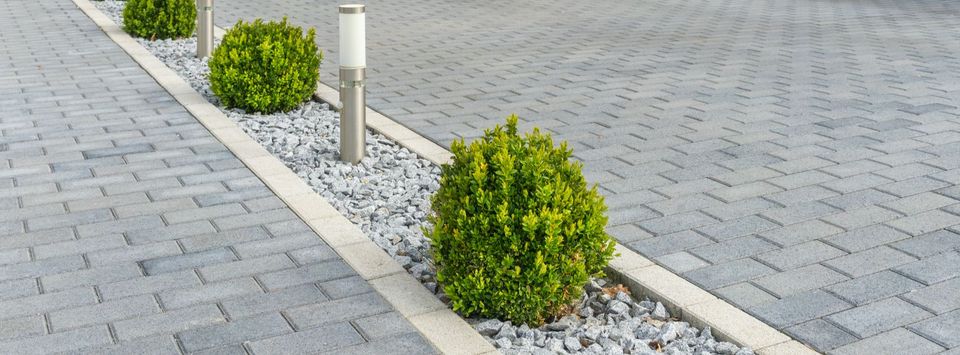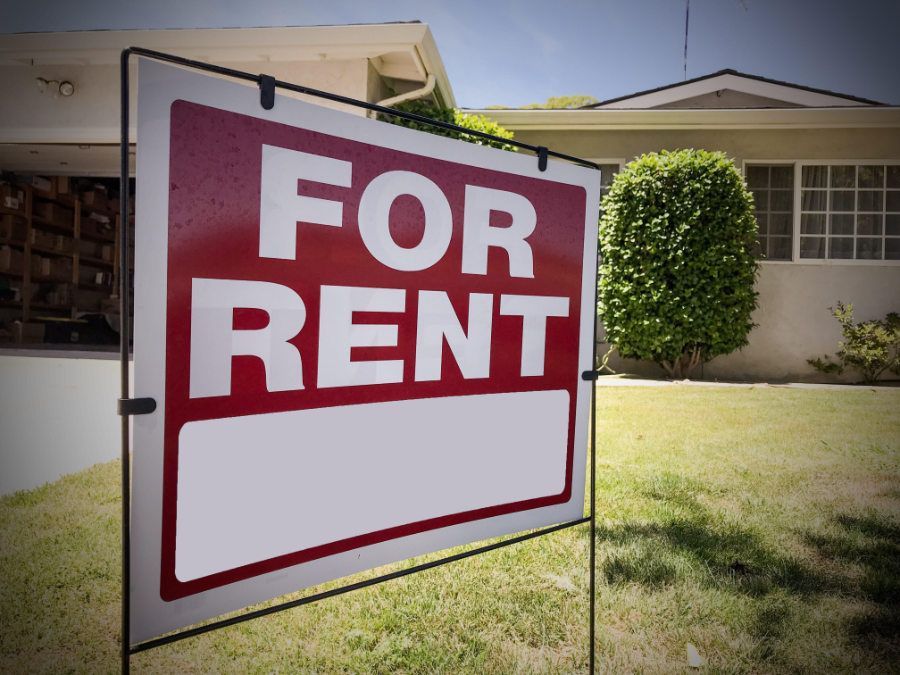How a Driveway Can Help Your Long Beach and Lakewood Rental
Dustin Edwards • July 24, 2020
A Few Driveway Details Can Help your Long Beach Rental Stand Out

When you first evaluate rental property it is unlikely that the driveway is at the top of your list. After all a driveway is just where your tenants park their cars, why is it such a big deal? While it might not be a “big deal” to you, consider the following:
- If there isn’t a driveway it could result in lower rent
- If your driveway is cracked it could result in poor drainage or cause damage to a tenants vehicle.
- If a driveway is done well it can make it easy to get trash cans to the street on a weekly basis and keep a tenant happy.
- If a driveway is larger it could accommodate more cars allowing you to possibly enjoy an increase in rent.
- If a driveway offers curb appeal it could inspire tenants to stay longer
While none of these are absolute, the one absolute that remains true is that a driveway is a home feature that is used nearly daily. To help you maximize your rental for rental value and even long term value (i.e. when it comes time to sell) we invite you to consider the following aspects when it comes to your driveway.
Concrete Driveway for Your Rental
Concrete is the most widely used material in driveways throughout Long Beach and Lakewood. It is durable, has a long lifespan, and is cost effective (~$6 a ft). With a concrete driveway a key aspect is to have rebar used as part of the process. Without rebar the weight of cars will result in premature premature cracking.
Pavers for Your Rental
Pavers provide some of the most visually engaging driveways as you can have different design patterns that even enhance the curb appeal of the home. You will find these done in select homes throughout both Lakewood and Long Beach. Driveways using pavers aren’t as common due to the cost which can range from $10 per sq ft for brick pavers, $40 per sq ft for concrete pavers and $70 per sq ft for cobblestones. With the more expensive options consider the aspect that the tax code does support you investing in your rental through depreciation. When you want that cobblestone option for your rental consider asking both your CPA for advice on the expense as well as a property management company
to share their thoughts on the impact to future value and impact to the monthly rent.
Incorporating Details with the Driveway for Your Rental
When you are looking to replace your driveway you have the opportunity to invest in a few details that can help your Long Beach rental out for the long haul. Consider a few of the following options:
- Drainage - With any driveway there is a requirement for it to slope towards the street to support drainage. In some scenarios you might need more drainage support. You might want to enhance the look. Consider designer trench grates to get the benefit of drainage and a style that offers curb appeal.
- Lighting - One of the finer architectural elements that can be seen at night is that of well done outdoor lighting. Consider incorporating outdoor lighting as part of your driveway feature that makes it inviting to pull one’s car up at night.
- Plants or Hardscape - To go along with the lighting you could also incorporate small shrubbery, grass, or even rocks as part of your driveway design.
- Design Element - You don’t have to go with pavers to maximize the design impact. With concrete you could cut “ribbons” of used brick into your design on the edges or in horizontal sections to provide a touch of design that is still structurally sound.
When it comes to understanding what could be done with the driveway for your rental there generally isn’t a wrong answer. A new driveway is a new opportunity to enhance your asset. When you want to understand how the driveway will impact your rental we invite you to fill out our Free Rental Analysis
or call us today (562) 888-0247 and we will be happy to share more.





